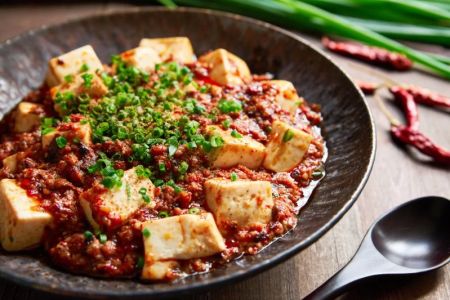- 1 - Understanding the Heart of Hot Pot Broths
- 2 - Choosing Quality Ingredients for Hot Pot
- 3 - The Art of Dipping Sauces
- 4 - Regional Hot Pot Experiences
- 5 - How to Find Authentic Restaurants
- 6 - Modern Trends and Cultural Connections
1. Understanding the Heart of Hot Pot Broths
When it comes to finding authentic Chinese hot pot restaurants, the broth is the soul of the entire dining experience. A traditional hot pot broth is more than just boiling water with spices—it represents generations of culinary heritage. In Sichuan hot pot, fiery red chili oil and numbing peppercorns dominate the pot, creating a flavor that both excites and challenges diners. On the other hand, Cantonese hot pot often uses a lighter, herbal-based broth, perfect for highlighting the natural sweetness of fresh seafood. The authenticity of a hot pot restaurant can often be judged by the depth, aroma, and richness of its broth.
2. Choosing Quality Ingredients for Hot Pot
The essence of Chinese hot pot also lies in the ingredients. Authentic restaurants prioritize fresh meats, crisp vegetables, and delicate seafood. For example, premium slices of marbled beef cook quickly yet remain tender, while mushrooms and leafy greens soak up the broth’s flavors beautifully. In northern China, lamb is the traditional choice, while coastal areas showcase shrimp, crab, and fish. Authenticity often reveals itself in the attention given to sourcing and presentation. Many seasoned diners even recall stories of traveling across cities just to find a restaurant offering the freshest ingredients, highlighting how ingredient quality can define the entire hot pot experience.
3. The Art of Dipping Sauces
One of the most personal aspects of hot pot dining is the creation of dipping sauces. Unlike fixed recipes, sauces reflect individuality and creativity. Common bases include sesame paste, soy sauce, garlic, and chili oil, which diners mix according to taste. In Beijing, sesame-based sauces are popular, while Sichuan diners lean toward bold chili mixes. A truly authentic Chinese hot pot restaurant will provide a wide selection of condiments, allowing customers to craft unique flavor profiles. The customization of sauces often becomes a fun and memorable part of the dining ritual, turning a meal into a shared cultural experience.
4. Regional Hot Pot Experiences
Chinese hot pot is not a monolithic tradition—it varies significantly across regions. In Chongqing, hot pot is synonymous with intense spice and communal dining that lasts hours. In Yunnan, hot pot emphasizes foraged herbs and wild mushrooms, creating earthy, fragrant broths. Authentic restaurants often highlight these regional differences, transporting diners into the heart of each culture. Such experiences are not just about taste but also about understanding the stories and traditions behind each region’s cuisine. When seeking authenticity, looking at the regional focus of a restaurant can reveal much about its dedication to tradition.
5. How to Find Authentic Restaurants
Finding authentic Chinese hot pot restaurants can sometimes be challenging, especially in cities where fusion adaptations are common. A good rule of thumb is to look for places frequented by Chinese communities, as these restaurants are more likely to stay true to tradition. Online reviews can help, but the most reliable way is often word of mouth. Authenticity is also evident in small details—whether the broth is refilled with care, how ingredients are sliced, and the variety of condiments provided. For those who want expert recommendations and curated experiences, platforms like Chinese Food provide reliable guidance on where to enjoy genuine hot pot dining.
6. Modern Trends and Cultural Connections
In recent years, Chinese hot pot has become a global dining trend, with restaurants innovating while still honoring tradition. Some modern establishments now combine technology—like individual induction pots—with classic recipes, ensuring both comfort and authenticity. Social media platforms have also boosted hot pot’s popularity, with viral videos showcasing steaming broths and elaborate spreads of ingredients. Despite modern twists, the essence of hot pot remains unchanged: it is about sharing food, stories, and warmth with friends and family. Authentic restaurants capture this balance between innovation and tradition, making each visit more than just a meal, but a cultural journey.







